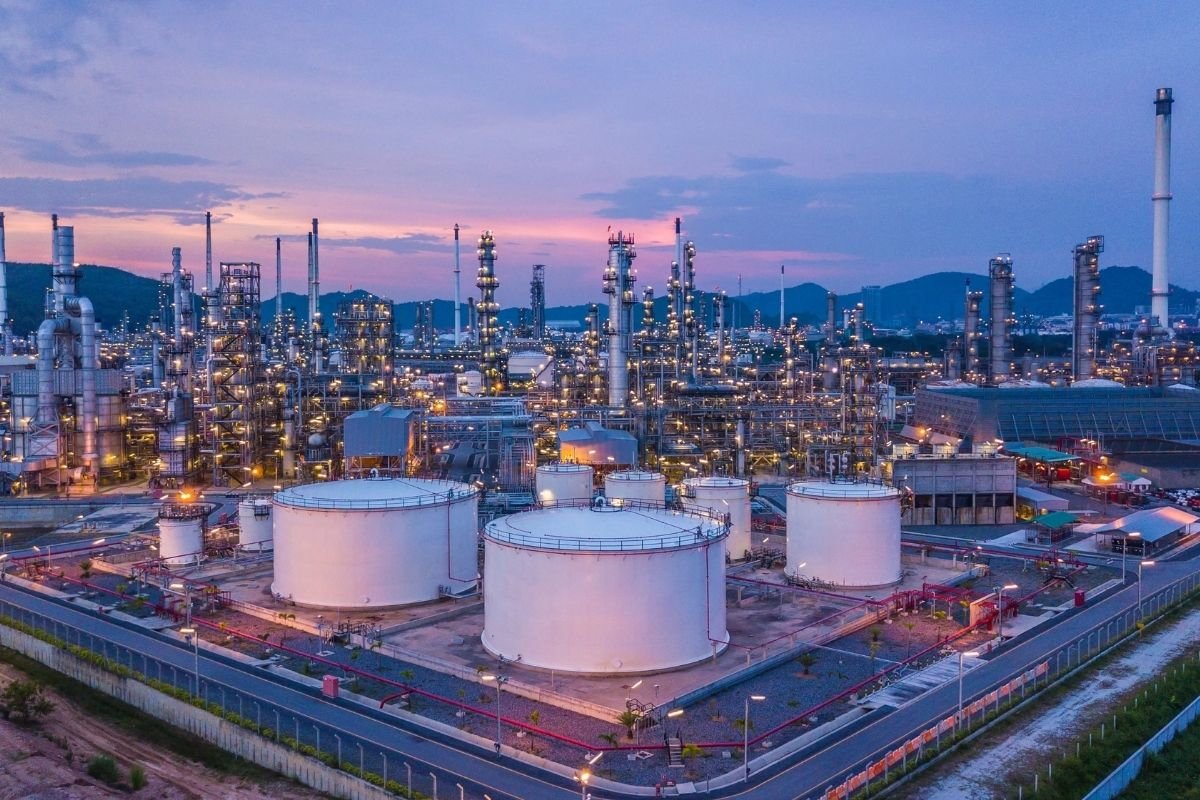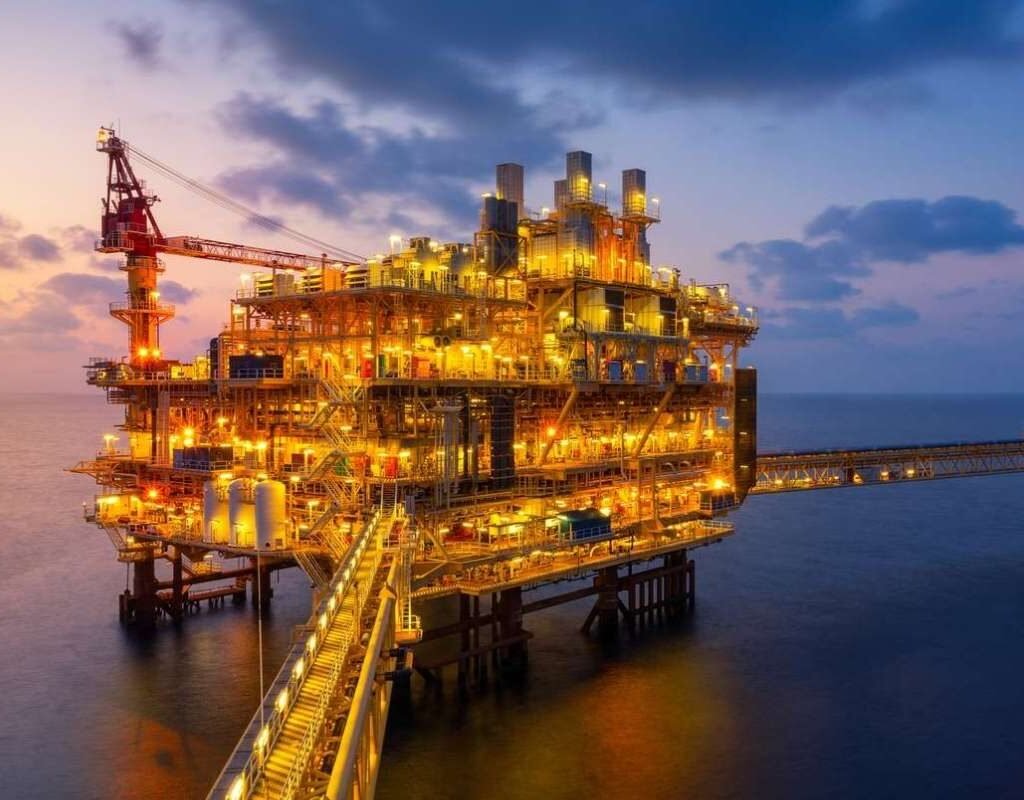Largest Crude Oil Companies: Powerhouses Driving the Global Energy Sector

The world economy is powered by energy, and crude oil is still one of the most valuable commodities we have. Crude oil is used for everything from transport networks to petrochemical industries. There are several major corporations behind these massive energy supplies that dominate production, refine these supplies, and distribute the refined products. Let’s look at the largest crude oil companies, their global footprint, and what is shaping their future.
The Importance of Crude Oil in the Global Economy
Crude oil isn’t just about fuel. It’s the starting point for thousands of products, including plastics, fertilizers, synthetic fibers, and pharmaceuticals. Its strategic value makes it a cornerstone of national security and economic stability. Countries rich in oil reserves often wield significant geopolitical influence, while oil-importing nations depend heavily on stable supplies to keep their industries running.
Despite the push towards renewable energy, global demand for crude oil remains strong. According to the International Energy Agency (IEA), oil consumption is projected to remain robust into the 2030s, particularly in developing economies. This means the major oil companies will continue to play a dominant role for years to come.
Criteria for Ranking the Largest Oil Companies
When identifying the largest crude oil companies, analysts typically consider factors such as:
- Daily production capacity (barrels per day)
- Proven reserves
- Revenue and profitability
- Refining capacity
- Global market reach
These metrics reflect both operational scale and economic influence, giving a comprehensive picture of a company’s market position.
The Top 5 Largest Crude Oil Companies in the World

1. Saudi Aramco – Saudi Arabia
Saudi Aramco is not only the world’s biggest oil producer but also one of the most profitable companies across all industries. With production often exceeding 10 million barrels per day, Aramco holds vast reserves and unmatched refining capabilities. Its low production costs, coupled with massive export volumes, make it the centerpiece of the global oil supply chain. The company has also begun investing heavily in petrochemicals and alternative energy to diversify its portfolio.
2. National Iranian Oil Company (NIOC) – Iran
NIOC oversees all upstream and downstream oil activities in Iran. Despite facing sanctions that limit exports, Iran’s proven reserves remain among the largest in the world. The company has strong domestic refining operations and continues to seek international partnerships where possible. If geopolitical restrictions ease, NIOC has the capacity to increase global supply significantly.
3. PetroChina – China
As the largest oil and gas producer in China, PetroChina plays a critical role in fueling the world’s second-largest economy. Backed by state ownership, the company operates extensive upstream, midstream, and downstream facilities. PetroChina is also expanding its global footprint through overseas exploration projects and refining ventures, particularly in Asia and Africa.
4. ExxonMobil – United States

5. Rosneft – Russia
Rosneft leads Russia’s oil industry and is a key player in Europe and Asia. With substantial reserves and strategic export pipelines, Rosneft holds strong positions in both crude oil and refined products. Despite economic sanctions, the company continues to expand production in the Arctic and offshore fields.
Economic and Political Influence of Oil Giants
The largest crude oil companies do more than generate massive profits; they shape economies, influence political alliances, and even affect currency stability. Oil prices, often dictated by production levels and global events, can sway inflation rates, trade balances, and consumer spending.
In oil-rich countries, state-owned companies funnel revenues into public services, infrastructure projects, and sovereign wealth funds. However, reliance on oil income can also make economies vulnerable to price volatility, underscoring the importance of diversification.
Challenges Facing the Oil Industry
While demand remains high, the oil industry faces multiple challenges:

- Energy Transition – Global efforts to combat climate change are accelerating investment in renewable energy. Many governments have set targets for reducing fossil fuel dependence.
- Geopolitical Risks – Conflicts, sanctions, and political instability can disrupt supply chains and impact prices.
- Technological Disruption – Electric vehicles, green hydrogen, and advanced battery storage could gradually reduce oil demand in transportation.
- Environmental Concerns – Oil companies face increasing pressure to reduce greenhouse gas emissions and adopt sustainable practices.
To adapt, many oil giants are diversifying their portfolios to include renewable energy projects, biofuels, and carbon capture initiatives.
Future Outlook for the Oil Majors
Even as the energy landscape evolves, the largest crude oil companies are likely to remain dominant players over the next few decades. Their advantages—enormous reserves, established infrastructure, and financial resources—give them the flexibility to invest in both traditional oil production and emerging energy technologies.
Long-term growth will depend on how effectively they balance profitability with environmental responsibility. Companies that innovate and lead in sustainability may secure a competitive edge in a changing market.
Conclusion
As a result of Saudi Aramco’s phenomenal scale and ExxonMobil’s international reach, the largest oil companies not only influence the direction of the energy sector and indirectly the global economy but also represent the greatest challenge to balancing energy demands with opposing climate goals. Indeed, the largest crude oil companies supply the energy that powers industries and countries, and they will face tremendous pressure to chart a path towards the cleaner alternatives of the future while making the transition smooth, stable, and sustainable.
